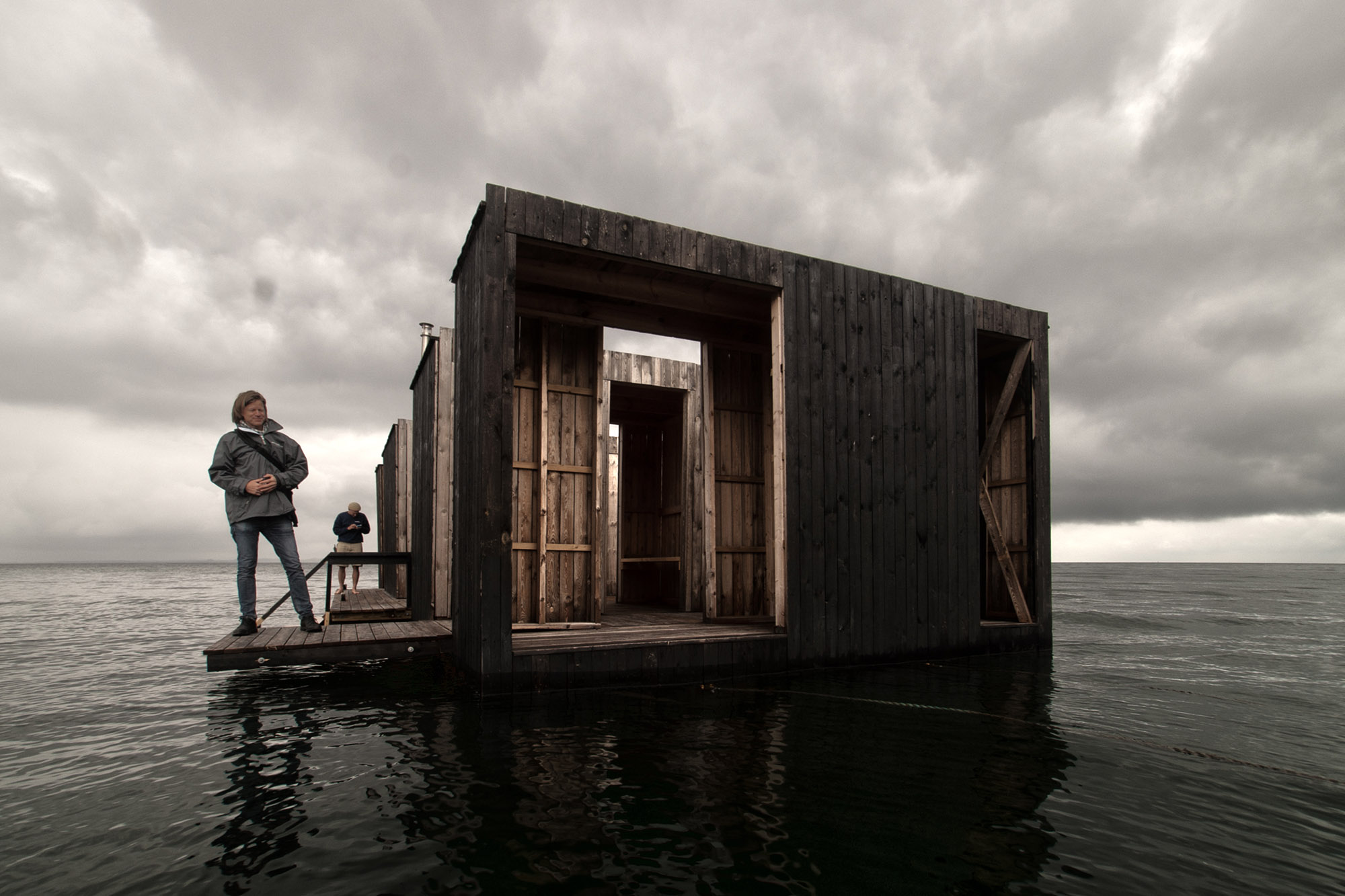
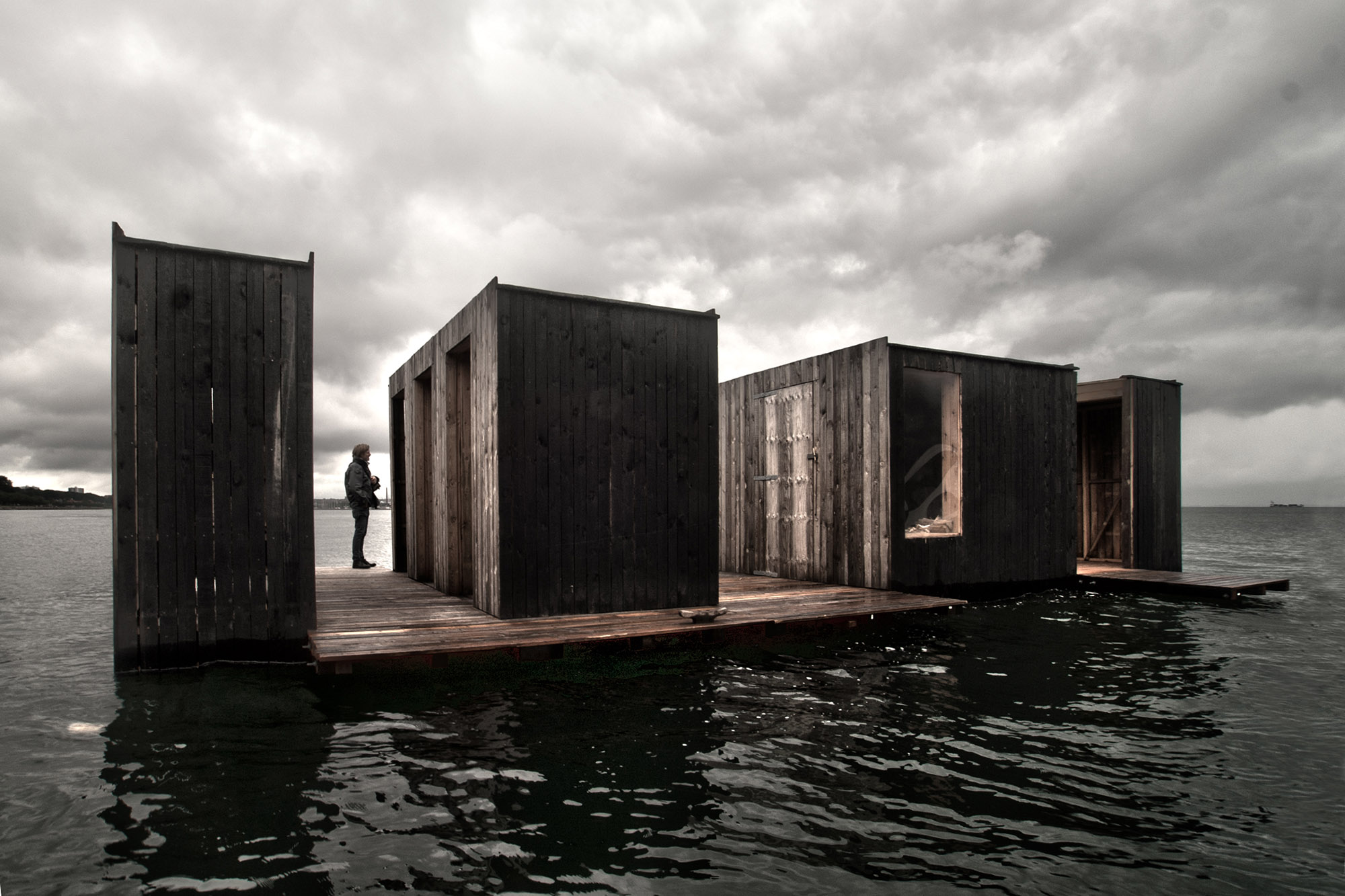

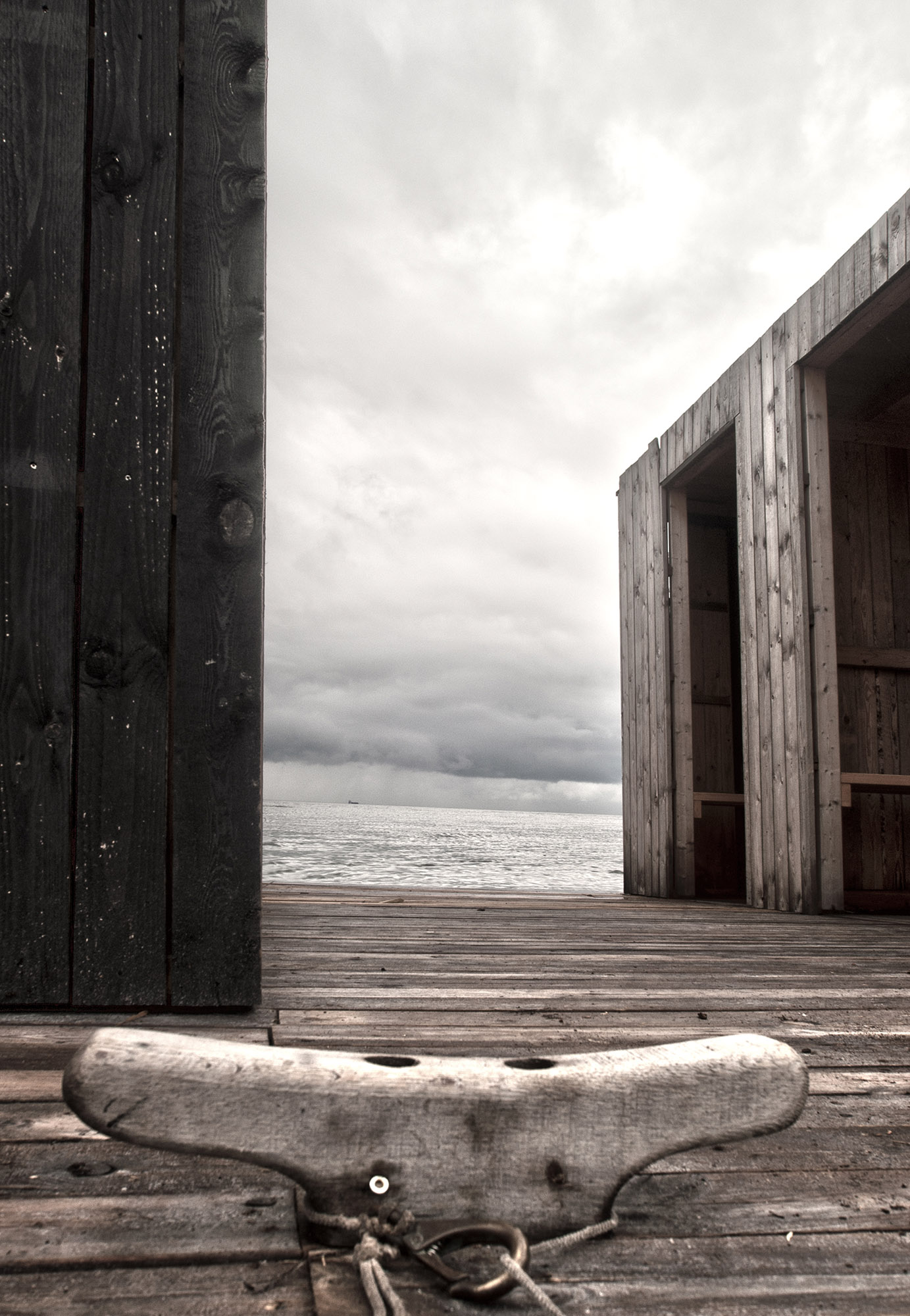

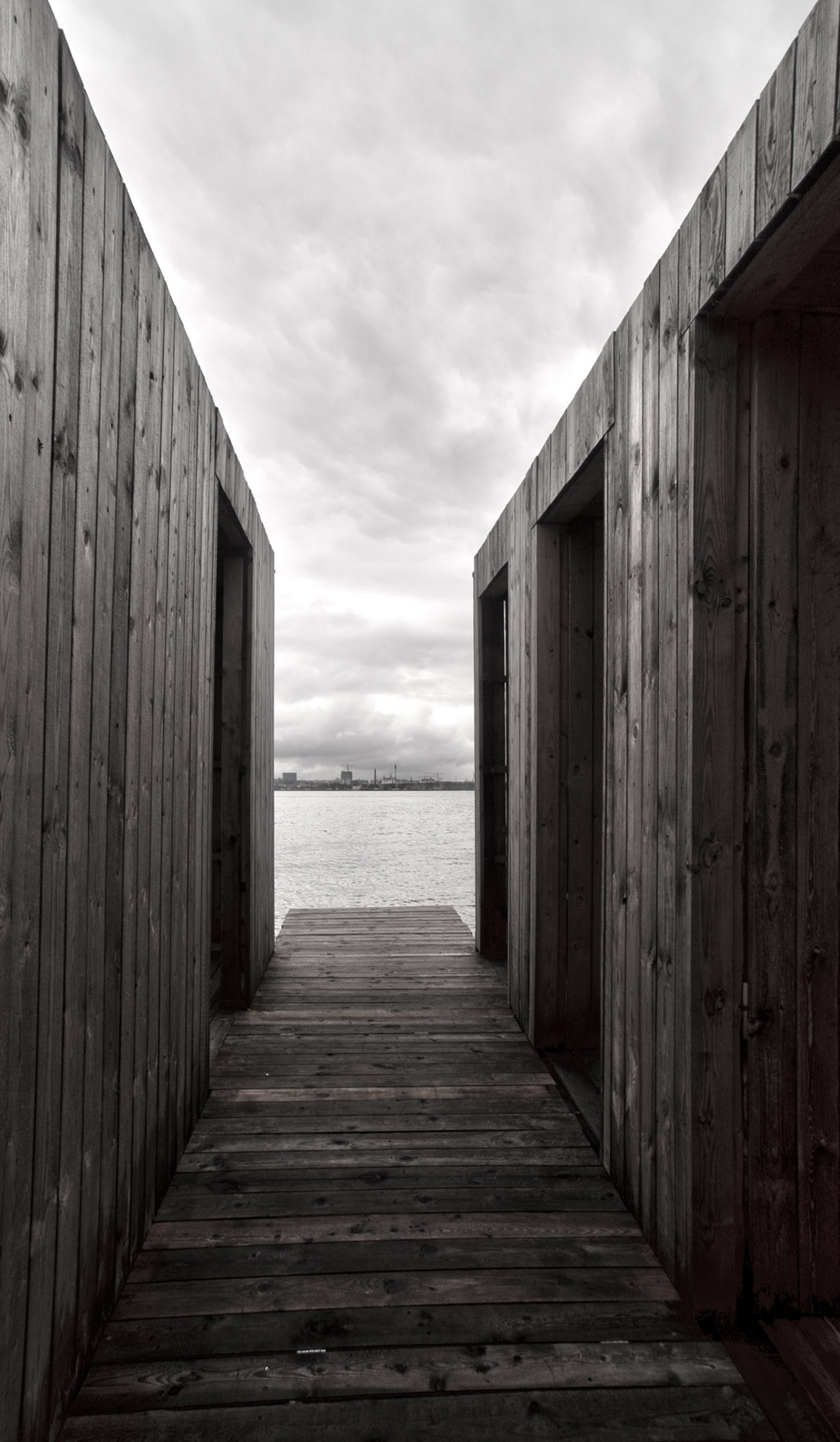
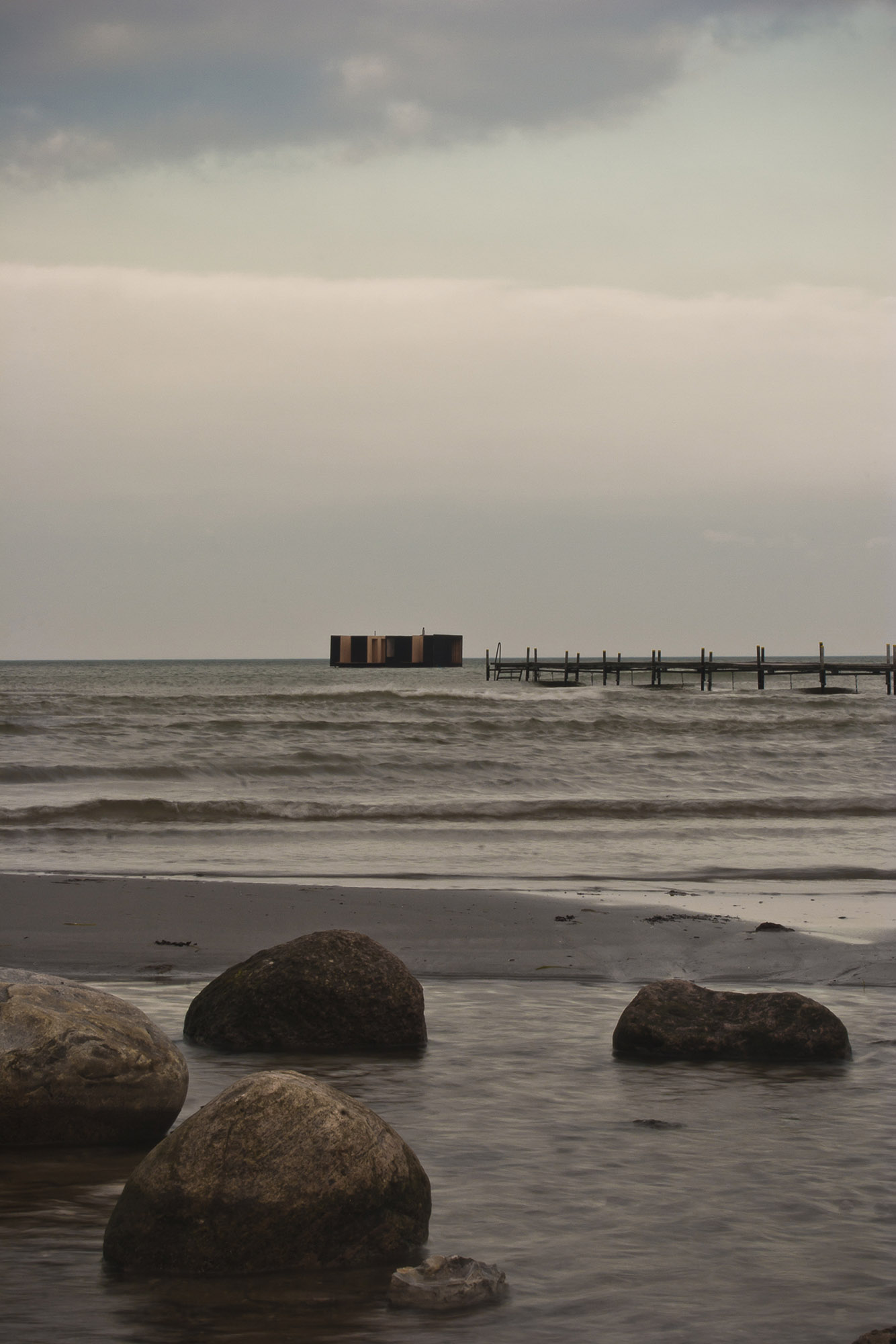
About
Overview
Fire has been important for human development and central to our survival in the cold north. Fire has provided us with light and heat and it has taught us to transform water from liquid to vapor, which in the long run has given us northerners many delightful moments in the sauna.
The sauna has always been a source of well-being, health and socializing. Most people think of it as a Finnish phenomenon, but in the Nordic region, there are several variations. The Sami indigenous people of the northernmost part of the Scandinavian peninsula have traditionally created saunas inside their lavvu-tents with pre-heated stones and water, similar to the traditional sauna. With steam as a key ingredient in saunas, the Icelandic population has had the privilege of receiving it straight out of the earth with site specific steam baths as a tradition in geothermally active areas. But needless to say, Finland has the strongest sauna traditions. Abundances of wood and water in the Finnish countryside translates directly into a steam bath culture which Finland has now exported to the rest of the world. In Finland there are two main categories, the traditional steam sauna and the more hard core smoke sauna where the smoke is the main ingredient in heating up the room.
In our floating spa we have focused on the before and after as much as the sauna experience itself by creating changing rooms and chill-down spaces on both sides of the main sauna room. The movement in and out of the sauna to reach as point of physical and mental cleansing is a vital part of the sauna culture which led us towards thematizing it with piers and walkways framing the main spaces of the floating vessel.
The floating bathing installation is created as a tribute to the fire and therefore we have given the name PYR, or fire in Ancient Greek.
The floating sauna was designed for the art and architecture festival “Urban Play” which took place in the Køge harbor area, some 100 km south of Copenhagen in 2012. The organizers assigned Rintala Eggertsson to design and build a floating sauna which would serve as a meeting point for the visitors to the festival. An old barge was the “site” on which the spa functions were organized and together with students in landscape architecture and planning at the University of Copenhagen, we designed and built the structure in two weeks.
Info
Design Team
Sami Rintala, Dagur Eggertsson, and Vibeke Jenssen
Collaborators
University of Copenhagen, Section for Landscape, Architecture, and Planning
Client
Køge Harbor Authority
Curators
Råderum
Charlotte Bagger Brandt and Bettina Lamm
Sami Rintala, Dagur Eggertsson, and Vibeke Jenssen
Collaborators
University of Copenhagen, Section for Landscape, Architecture, and Planning
Client
Køge Harbor Authority
Curators
Råderum
Charlotte Bagger Brandt and Bettina Lamm